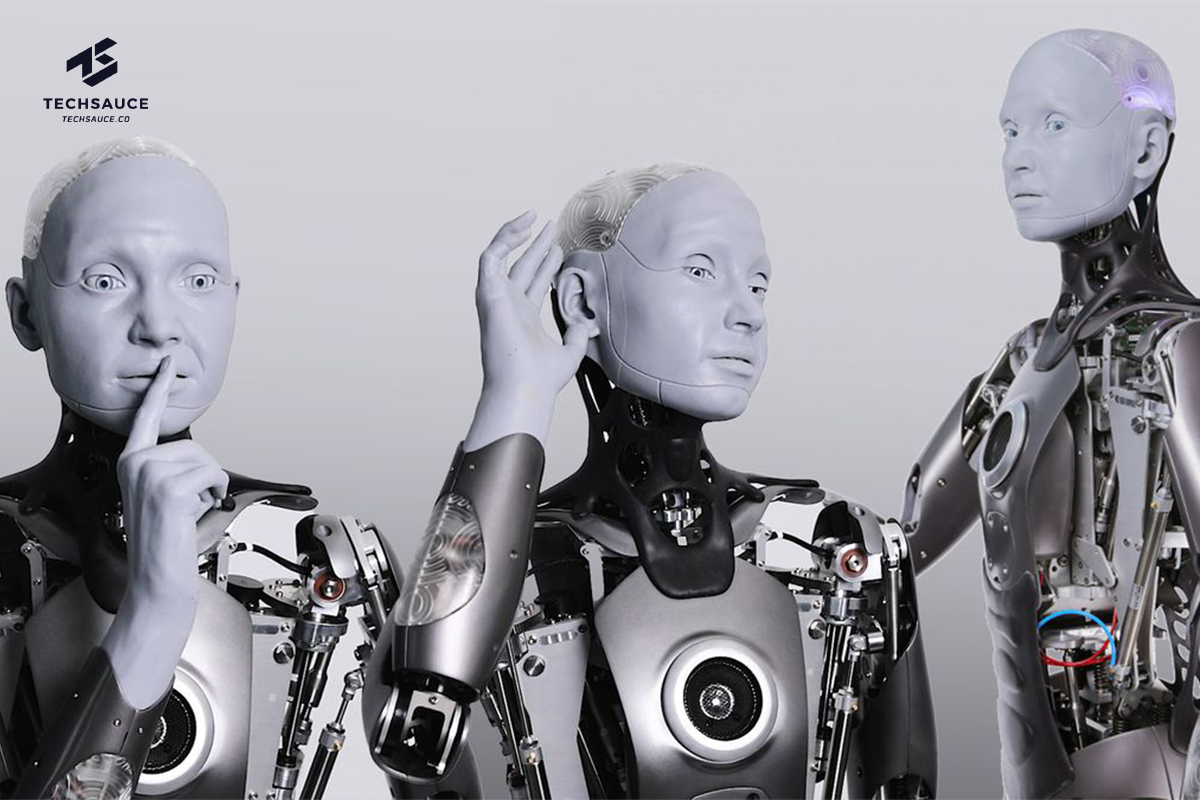The concept of humanoid mobility has been a topic of interest for decades, with scientists and engineers striving to create robots that can mimic human-like movements and interactions. The field has made significant progress in recent years, with the development of advanced humanoid robots that can walk, run, and even interact with their environment in a human-like manner. In this article, we will explore the current state of humanoid mobility, its potential applications, and the challenges that need to be overcome to achieve seamless human-robot interaction.

Introduction to Humanoid Mobility
Humanoid mobility refers to the ability of a robot to move and interact with its environment in a human-like manner. This involves the development of advanced robotic systems that can mimic human movements, such as walking, running, and grasping objects. Humanoid robots are designed to have a similar structure and functionality to the human body, with a torso, arms, and legs that can move and interact with their environment.
Types of Humanoid Robots
There are several types of humanoid robots, each with its own unique characteristics and capabilities. Some of the most common types of humanoid robots include:
- Bipedal Robots: These robots have two legs and are designed to walk and run on two feet. Bipedal robots are some of the most advanced humanoid robots, with the ability to maintain balance and move with ease.
- Humanoid Service Robots: These robots are designed to perform tasks that are typically done by humans, such as cleaning, cooking, and providing assistance to the elderly.
- Search and Rescue Robots: These robots are designed to navigate through rubble and debris to locate and rescue people in emergency situations.
- Exoskeleton Robots: These robots are designed to be worn by humans to enhance their physical abilities, such as strength and mobility.
Applications of Humanoid Mobility
The applications of humanoid mobility are vast and varied, with the potential to revolutionize a wide range of industries and fields. Some of the most significant applications of humanoid mobility include:
- Healthcare: Humanoid robots can be used to assist patients with mobility issues, such as elderly individuals or those with disabilities.
- Search and Rescue: Humanoid robots can be used to navigate through rubble and debris to locate and rescue people in emergency situations.
- Manufacturing: Humanoid robots can be used to perform tasks that require human-like dexterity and mobility, such as assembly and inspection.
- Education: Humanoid robots can be used to teach students about science, technology, engineering, and mathematics (STEM) concepts.
Challenges of Humanoid Mobility
Despite the significant progress made in humanoid mobility, there are still several challenges that need to be overcome to achieve seamless human-robot interaction. Some of the most significant challenges include:
- Balance and Stability: Humanoid robots need to be able to maintain balance and stability to move and interact with their environment.
- Sensory Perception: Humanoid robots need to be able to perceive their environment and make decisions based on sensory input.
- Articulation and Dexterity: Humanoid robots need to be able to articulate and manipulate objects with precision and dexterity.
- Power and Energy: Humanoid robots need to be able to power and energize their movements and interactions.
Current State of Humanoid Mobility
The current state of humanoid mobility is characterized by significant advancements in robotic systems and artificial intelligence. Some of the most notable humanoid robots include:
- Boston Dynamics’ Atlas: A bipedal robot designed for search and rescue applications.
- Honda’s ASIMO: A humanoid robot designed for service and assistance applications.
- SoftBank’s Pepper: A humanoid robot designed for social interaction and customer service applications.
Future of Humanoid Mobility
The future of humanoid mobility is exciting and promising, with the potential to revolutionize a wide range of industries and fields. Some of the most significant trends and developments include:
- Advancements in Artificial Intelligence: Humanoid robots are becoming increasingly sophisticated, with the ability to learn and adapt to new situations.
- Development of New Materials and Technologies: New materials and technologies, such as soft robotics and exoskeletons, are being developed to enhance humanoid mobility.
- Increasing Use of Humanoid Robots in Industry: Humanoid robots are being used in a wide range of industries, from healthcare to manufacturing.
FAQ
- What is humanoid mobility?
Humanoid mobility refers to the ability of a robot to move and interact with its environment in a human-like manner. - What are the applications of humanoid mobility?
The applications of humanoid mobility include healthcare, search and rescue, manufacturing, education, and more. - What are the challenges of humanoid mobility?
The challenges of humanoid mobility include balance and stability, sensory perception, articulation and dexterity, and power and energy. - What is the current state of humanoid mobility?
The current state of humanoid mobility is characterized by significant advancements in robotic systems and artificial intelligence. - What is the future of humanoid mobility?
The future of humanoid mobility is exciting and promising, with the potential to revolutionize a wide range of industries and fields.
Conclusion
In conclusion, humanoid mobility is a rapidly evolving field that has the potential to revolutionize a wide range of industries and fields. From healthcare to search and rescue, humanoid robots are being designed to mimic human-like movements and interactions. While there are still significant challenges to be overcome, the future of humanoid mobility is exciting and promising, with the potential to enhance human capabilities and improve our daily lives. As the field continues to advance, we can expect to see more sophisticated and advanced humanoid robots that can interact with their environment in a seamless and human-like manner.
Closure
Thus, we hope this article has provided valuable insights into The Future of Humanoid Mobility: Enhancing Human Capabilities. We thank you for taking the time to read this article. See you in our next article!
